Everyone is familiar with the nigiri style (“hand pressed”) sushi and maki sushi (“rolled sushi”) that are pretty much universal outside Japan, but there are other styles served. Many of these involve the use of cured or cooked ingredients, something that used to be vital for areas some way from the coast before the days of refrigeration. In terms of styles, inari sushi uses a pouch of fried tofu filled with rice, while chirashizusi (“scattered sushi”) features rice served in a bowl with many toppings. There is also oshizushi (“pressed sushi”) that is also known as hako-sushi or “box sushi” after its rectangular shape, shaped by pressing the sushi in a wooden frame. Saba sushi involves cured deboned mackerel and sushi rice shaped around an oval pole and wrapped in kelp, then cut into individual pieces.
Izuju is located opposite the Yasaka shrine and has been operating for over a century; its current head chef is Mr Kitamura, a third generation of chef working here. It specialises in saba sushi, and also also offers inari sushi and box sushi. Somewhat confusingly, there is an even older sushi restaurant in Kyoto with a similar name called Izuu run by the Sasaki family since 1781; by comparison Rules, the oldest restaurant in London, opened in 1798.
Izuju is a simple, informal place with no reservations taken. There are a few seats by the door to a wait for a table, where you can watch a seemingly endless stream of takeaway boxes of sushi being prepared and picked up. There are just five tables in the dining room, which features remarkably low chairs. There are a couple of set lunches here where you can try an assortment of things, or alternatively order dishes individually.
A little block of sushi mosaic squares (hako or box sushi) had assorted toppings such as prawn, red sea bream, cockles and vegetables, and even a little block of sweet tomago to finish. For the pressed mackerel, rolled with rice vinegar and salt, you unwrap and discard the kelp wrapper and just eat the rice and fish inside. The inari sushi has the rice wrapped inside a fried tofu pouch, fried twice with sugar, dashi and soy, and had a slightly sweet taste (12/20).
The bill came to €3,910 for two including beer, which works out at £12 a head. Service was brisk but friendly, and you should not expect a lingering meal here - we were in and out in less than half an hour. This is not fine dining by a long shot, and there is no suggestion that the ingredients used are anything special. However this is honest, pleasant food that has been made the same way for well over a century. The queues at the door suggest that it is a formula that has plenty of longevity yet.



















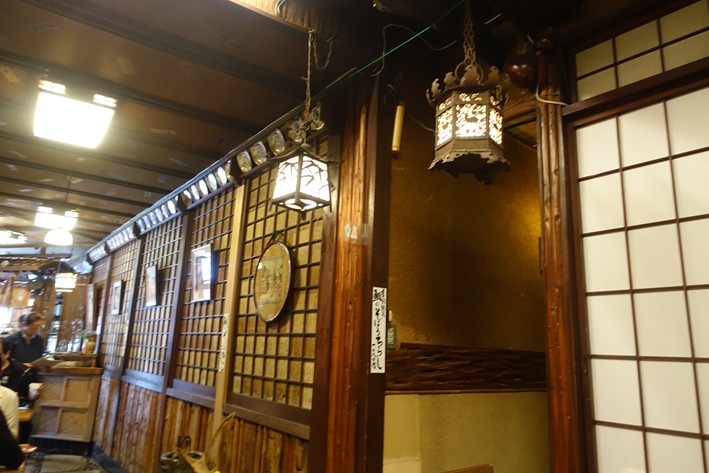
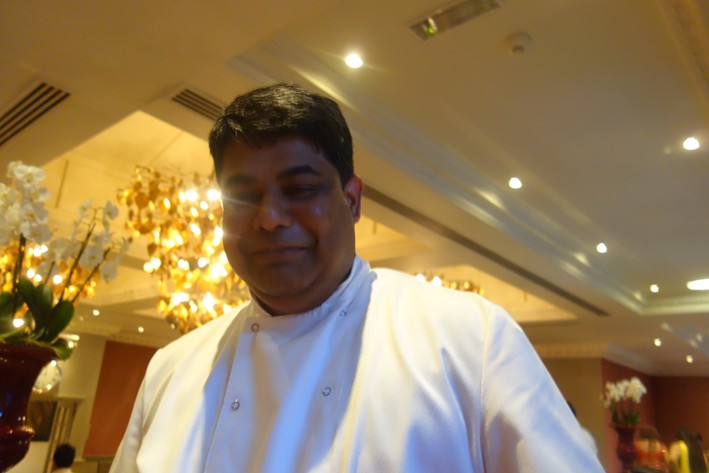
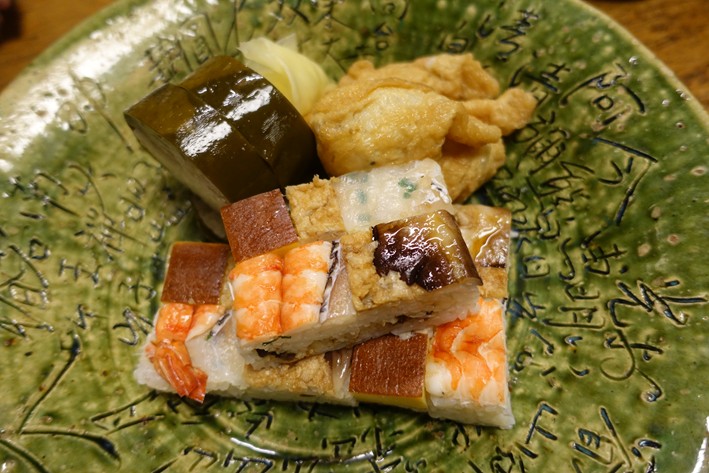
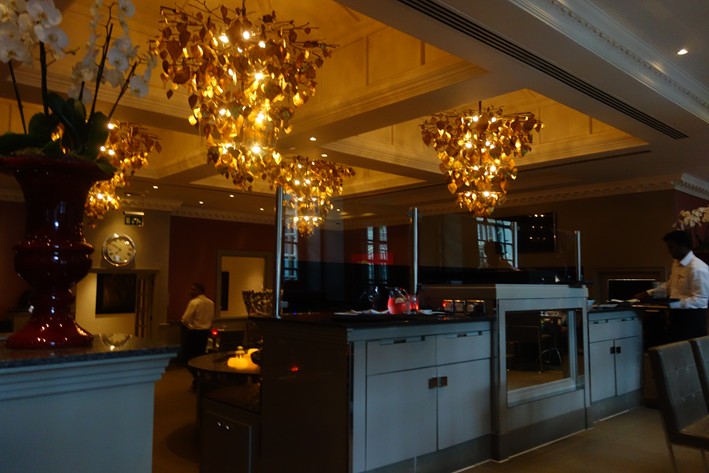

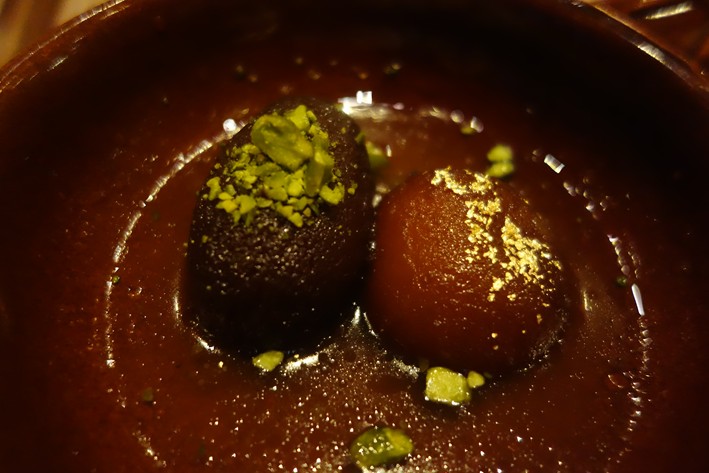
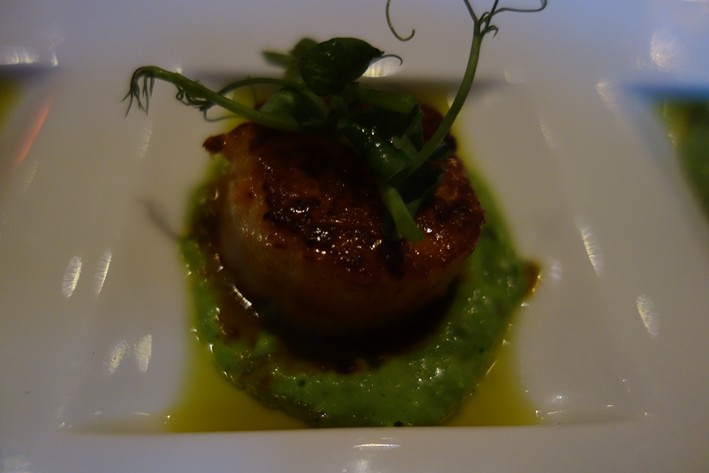


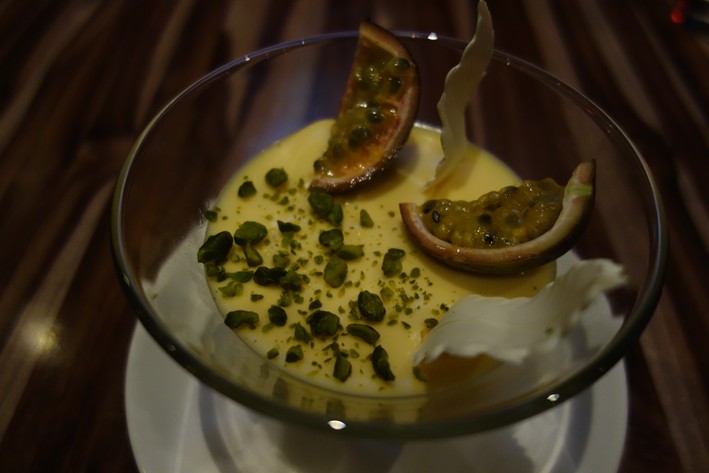
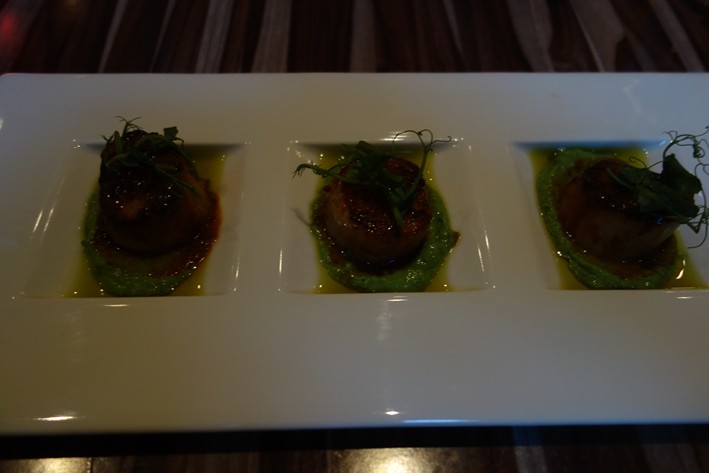
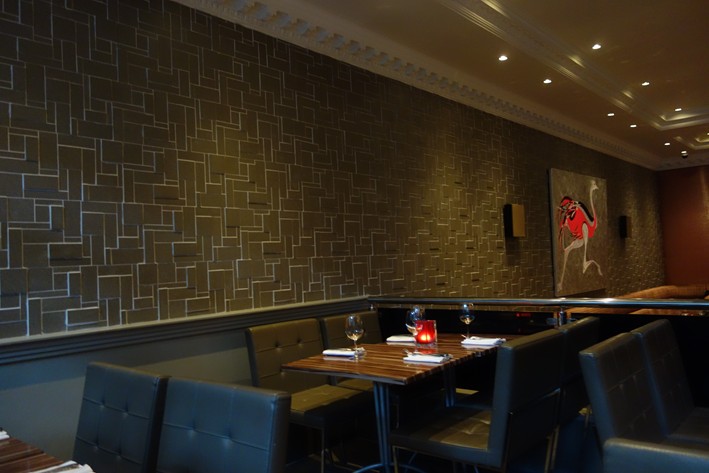

Add a comment
Thank you for submitting your comment, this will be checked and added to the website very soon.
User comments